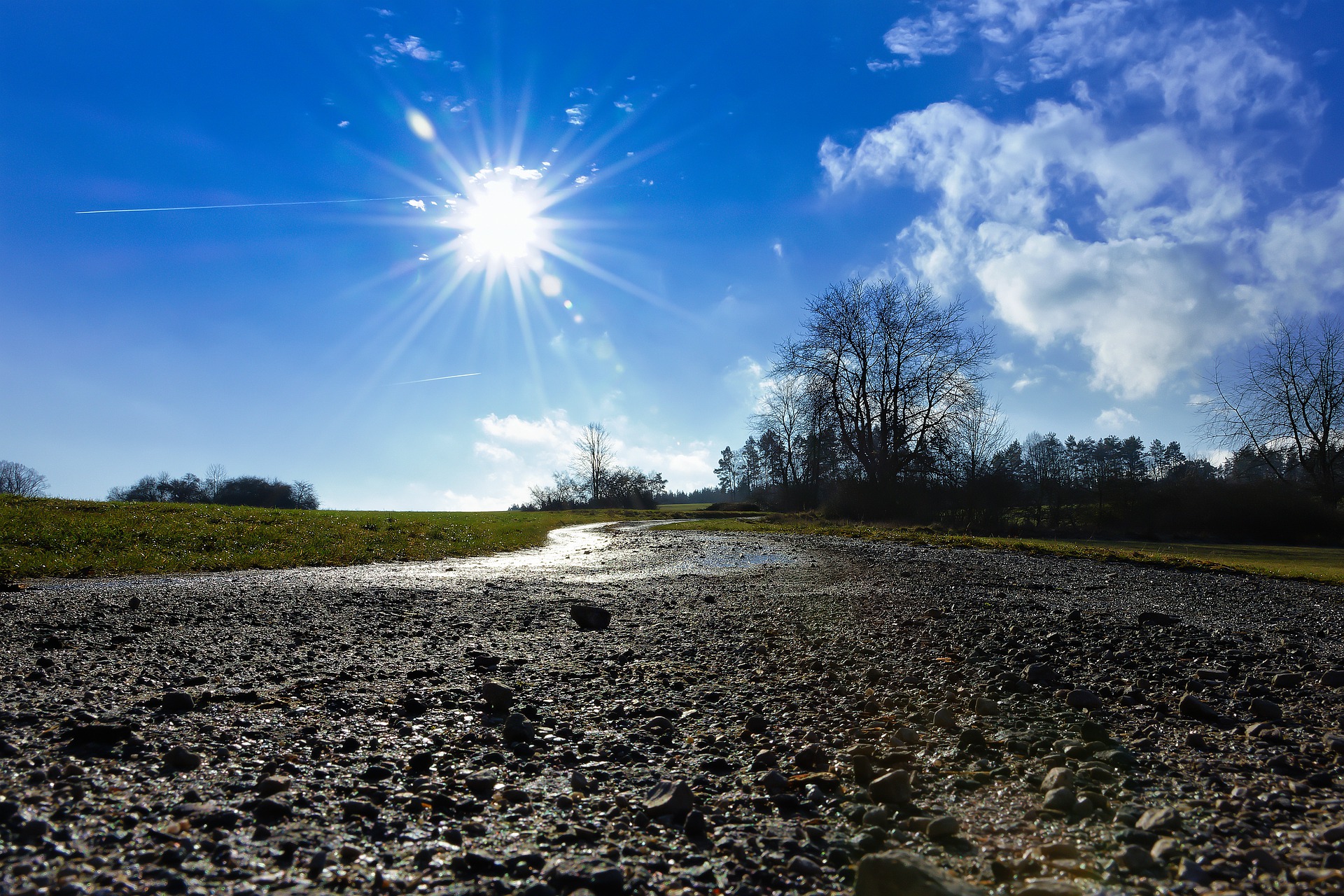
Examples of Climate Change Adaptation
- by Tyler Essman
Climate adaptation is a term used to describe how humans recognize and combat climate change’s adverse effects through governmental policy and bioengineering strategies. While there is no single route to eliminate climate risks, we are beginning to develop meaningful solutions to make significant changes to the climate adversity we currently face. Below, we walk through some of the most effective and groundbreaking solutions implemented globally to fight climate change.
Meeting the Challenges of Sea Level Rise with Climate-Resilient Infrastructure
For nearly 2000 years, global sea levels saw very little change in height. Since the late 1800s, however, the global sea level has risen by nearly 10 inches – reaching an all-time high in 2020 at approximately 3.5 inches above average 1993 levels. With industrialization and the human population booming, the rate of global sea-level rise is accelerating like never before – with NOAA projecting a 12-inch minimum gain by 2100 in a “low-emissions” pathway. On a (current) “high-emissions” path, they expect a total rise of over 8 feet.
In cities around the world, sea-level rise is threatening residential, industrial, and agricultural infrastructure. Higher water levels bring stronger storm surges, more frequent high-tide flooding, and increased contamination potential due to overflowing municipal and agricultural waste supplies.
Cities must continue to take measures that combat the effects of rising sea levels and minimize current and future damages. Effective strategies include installing drainage pipes and pumps, elevating roadways, strengthening sea walls, installing biological barriers to keep floodwaters at bay – the list is practically endless.
Developing and Implementing Early-Warning Systems
Early warning systems are an essential tool in combating climate change and the extreme weather events that follow. According to research by the ClimateCentre, there were more than 11,000 natural disasters and over 2 million deaths between 1970 and 2019 due to climate change effects – with damages totaling over 3.6 trillion dollars.
To prevent or reduce loss of life due to changing climate factors in the future, we must continue to develop and improve our early warning and detection systems.
One such system already in place is the Copernicus Climate Change Service. This system provides authoritative information about past, present, and future climate events – allowing businesses, governments, and policymakers to better adapt to climate change and make more informed decisions moving forward.
Heat Action Plans are another early-warning strategy that saves lives, assets, and livelihoods by preparing for extreme weather events like severe heat waves due to climate change.
In May of 2010, the city of Ahmedabad in India suffered an intense heatwave that led to nearly 1350 unnecessary deaths. In response, the Ahmadabad Municipal Corporation developed a First Action Heat Plan as a comprehensive operating outline for another extreme-heat weather event. The plan includes building public awareness and community outreach, initiating early warning systems to alert citizens of climate events, enhancing building capacity among healthcare professionals, and reducing heat exposure by mapping high-risk areas.
Protecting Farms and the Global Food Supply
Inconsistent temperature changes, extreme drought, storms, other various climate impacts threaten what were once stable, long-standing farming practices. These impacts disrupt food availability, food access, and food quality, creating global issues with drastic consequences.
Climate Smart Agriculture (CSA) is a term used to describe an integrated approach to improving agricultural development. CSA supports global climate goals such as EU SDGs and the Paris Agreement – and focuses widely on agricultural improvements around the globe. By adopting some or all of the CSA framework, private and public agricultural production sees massive improvements that help minimize the current effects that climate change has on global agriculture. Three fundamental principles dictate CSA:
- Addressing climate-related risk while improving food, income, and nutrition security
- Achieving productivity and livelihood benefits
- Creating area-specific technologies to suit specific practices
One way private and government farmers aim to reduce the impacts of climate change is through updated and enhanced irrigation and soil tilling techniques. Water scarcity is a real problem in many places around the world, and resource sustainability is one of the primary threats of climate change. By enhancing irrigation techniques through terracing farms, improving soil drainage, and nutrient cycling, farmers can use less water to grow the same amount of food – or more – than before. Irrigation is only one side of the coin, though. Soil tillage is a practice that farmers once believed to increase efficiency throughout the year. While this is and was once true to a point, improved tillage methods such as no-till farming can improve soil health over time and increase yields while using far fewer resources.
Crop diversification is another method of sustaining or improving natural biological health and resource sustainability. By diversifying crops and their nutrient requirements, farmers can reduce the risk of land and soil degradation, ultimately mitigating downstream issues such as water resource contamination and loss of natural biodiversity. Studies show that diversified cropping systems are more stable and more resilient to climate change, allowing farmers to look forward with the hopes of sustainability rather than season-to-season successes. Crop diversification also controls pests and diseases by breaking disease cycles and making pathogen penetration more difficult.
Climate adaptation is a term used to describe how humans recognize and combat climate change’s adverse effects through governmental policy and bioengineering strategies. While there is no single route to eliminate climate risks, we are beginning to develop meaningful solutions to make significant changes to the climate adversity we currently face. Below, we walk through…